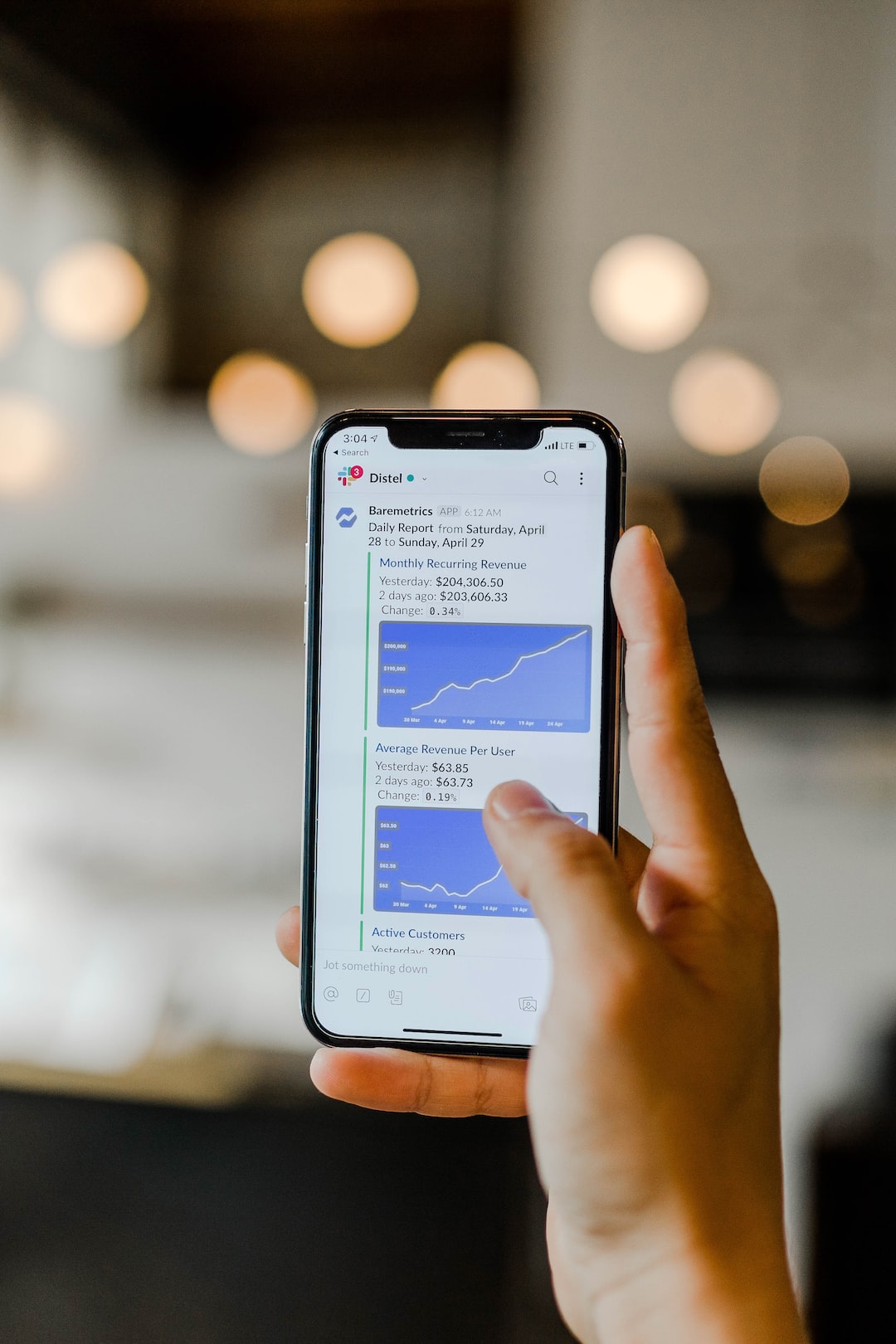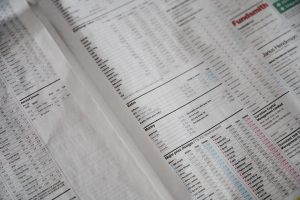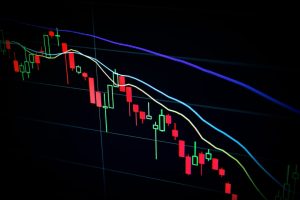Forex trading can be a lucrative activity for those who know how to navigate the market. However, one of the most challenging aspects of forex trading is determining when to sell. Knowing when to sell is crucial for maximizing profits and minimizing losses. In this article, we’ll explore the various factors that can influence the decision to sell in forex trading.
Market Trends and Indicators
One of the most important factors to consider when deciding when to sell is market trends and indicators. Forex traders use technical analysis to track market trends and indicators such as moving averages, relative strength index (RSI), and Bollinger Bands to predict future market movements. By analyzing these trends and indicators, traders can identify possible entry and exit points for trades.
For example, if the RSI indicates that a currency pair is overbought, traders may consider selling to lock in profits before a potential market correction occurs. Conversely, if the RSI suggests that a currency pair is oversold, traders may consider buying in anticipation of a market upswing.
Economic News and Events
Another factor that can impact the decision to sell in forex trading is economic news and events. Economic news and events can cause significant market volatility, which can lead to sudden price movements. Some examples of significant economic news and events that can affect forex trading include interest rate decisions, GDP reports, and employment data.
For instance, if a central bank announces an interest rate hike, traders may expect the currency to appreciate in value. In this scenario, traders may consider selling the currency before the interest rate decision is made public to lock in profits. Similarly, if a country releases a weaker-than-expected GDP report, traders may consider selling the currency in anticipation of a market downturn.
Risk Management Strategies
Risk management is an essential aspect of forex trading. One of the key risk management strategies is to set stop-loss orders. A stop-loss order is an instruction to sell a currency pair at a predetermined price level to limit losses in case the market moves against the trader’s position.
Traders may also use take-profit orders to lock in profits. A take-profit order is a predetermined price level at which traders will sell a currency pair to ensure they capture any gains from the trade.
Overall Market Conditions
Lastly, traders should consider overall market conditions when deciding when to sell in forex trading. Market conditions can be categorized as ranging, trending, or volatile. In a ranging market, currency pairs trade in a tight range with no clear trend. In a trending market, currency pairs move in a clear direction, either up or down. In a volatile market, currency pairs experience sudden and significant price movements.
In a ranging market, traders may consider selling when the currency pair reaches the upper end of the range and buying when it reaches the lower end of the range. In a trending market, traders may consider selling when the trend starts to reverse, indicating a potential market correction. In a volatile market, traders may consider selling to limit potential losses if the market continues to move against their position.
Conclusion
In conclusion, determining when to sell in forex trading can be a complex task. Traders should consider market trends and indicators, economic news and events, risk management strategies, and overall market conditions when making the decision to sell. By carefully analyzing these factors, traders can make informed decisions that maximize profits and minimize losses.






